El control interno como medida de evaluación del desempeño en la empresa de servicios turísticos “Tahuayo Lodge E.I.R.L.”
Abstract
The study aimed to ascertain whether internal control serves as a metric for performance evaluation within the tourist services firm "Tahuayo Lodge E.I.R.L." The research population comprised all employees of "Tahuayo Lodge E.I.R.L.", totaling 34 individuals, with a probabilistic sample encompassing 100% of the population. The study was non-experimental quantitative, using a basic descriptive design, utilizing indirect observation as the approach and a data collecting form as the instrument. Obtaining as more outstanding results that the fulfillment of goals is determined by the number of tourists received and the goals established in each year of the period under study is 1,000 tourists; there is a deficit in the first two years (23% in 2009 and 14% in 2010), but in 2011 there is a surplus of 18%. On the other hand, the components that make up the concept of internal control adopted in this investigation derive from the establishment of goals and the data for the financial indices of liquidity, solvency, asset management, and profitability, and finally, internal control serves as an evaluation measure, performance, this time in the company "Tahuayo Lodge E.I.R.L." El objetivo del estudio fue explicar si control interno es una medida de evaluación del desempeño en la empresa de servicios turísticos Tahuayo Lodge E.I.R.L., El enfoque poblacional de este estudio consiste en todos los empleados de la empresa Tahuayo Lodge E.I.R.L., que suma un total de: 34 personas. La muestra fue probabilística, constituyendo el 100% de la población. La investigación realizada tuvo un enfoque cuantitativo no experimental con un diseño descriptivo simple. Se utilizó la observación indirecta como técnica, y se creó un formulario como herramienta de recolección de datos. Obteniéndose como resultados más resaltantes que el cumplimiento de metas lo determina la cantidad de turistas recibidos y las metas establecidas en cada año del periodo en estudio es de 1 000 turistas; existe un déficit en los dos primeros años (23% en 2009 y 14% en 2010), pero en el año 2011 hay un superávit de 18%. Por otro lado, los componentes que conforman el concepto de control interno adoptado en esta investigación, se derivan el establecimiento de metas y los datos para los índices financieros de liquidez, solvencia, administración de activos y rentabilidad y finalmente el control interno sirve como medida de evaluación del desempeño, en esta oportunidad para la empresa Tahuayo Lodge E.I.R.L.
Collections
- Tesis [17]


